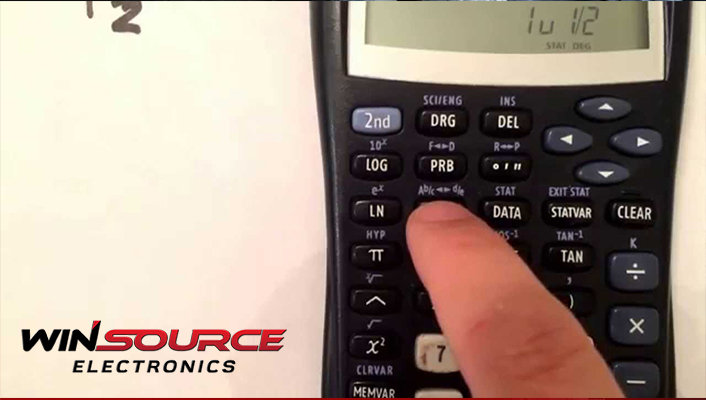
The language of numbers is vast and varied, and both decimals and fractions have unique advantages. Decimals offer precision, while fractions provide perspective.
Converting between the two can be useful, allowing us to transition between different representations of the same value seamlessly. In this article, we will talk more about the Decimal to Fraction Calculator.
Table of Contents
ToggleWhat Is a Fraction?
A fraction is a mathematical expression that represents a part of a whole or a division of quantities. It consists of two numbers: the numerator, which is the number on top, and the denominator, which is the number on the bottom.
The numerator represents the number of parts being considered. In contrast, the denominator represents the total number of equal parts in the whole.
In fraction notation, the fraction “a/b” means “a part out of b equal parts.” The numerator (a) indicates how many parts of the whole are being counted, while the denominator (b) indicates the total number of equal parts into which the whole is divided.
What is Decimal?
A decimal is a numerical representation of a real number using the base-10 numbering system. It allows for greater precision when dealing with quantities that aren’t whole units by expressing values that fall between whole numbers.
In the decimal system, each digit has a place value based on powers of 10, with the decimal point serving as a separator between the whole number and fractional parts.
The whole number part of a decimal consists of the digits to the left of the decimal point, representing units, tens, hundreds, and so on. The decimal point is a period (.) separating the whole number from the fractional part. The fractional part consists of the digits to the right of the decimal point, representing tenths, hundredths, thousandths, and so on.
In the decimal system, each digit’s position from right to left represents a power of 10. The rightmost digit is in the “ones” position, the next digit to the left is in the “tens” position, then the “hundreds” position, and so forth.
Decimal To Fraction Calculator
Converting a decimal to a fraction can be done in just three simple steps.
● The first step is to create a starting fraction with the decimal as the numerator and 1 as the denominator.
● The second step is removing the decimal place by multiplying the numerator and denominator by 10 until the numerator is a whole number.
● The final step is to simplify the fraction by dividing both the numerator and denominator by their greatest common factor (GCF), also known as the highest common factor (HCF) or greatest common divisor (GCD).
Suppose the decimal has a value greater than 1. In that case, the numerator will be larger than the denominator, resulting in an improper fraction. This can be converted into a mixed number, also known as a mixed fraction, by dividing the numerator by the denominator and using the quotient as the whole number. The remainder becomes the numerator of the mixed fraction.
Converting a Negative Decimal to a Fraction
Here is how to convert a negative decimal to a fraction:
● Remove the minus sign from the decimal number.
● Convert the positive value to a fraction using the appropriate formula.
● Apply the minus sign to the resulting fraction.
Remember that if a = b, then -a = -b.
Conclusion
Converting decimals to fractions is a straightforward process that allows for greater precision when dealing with values that fall between whole numbers. By following the steps outlined above, you can easily convert any decimal to a fraction and use it in various mathematical calculations.
This can be particularly useful when working with measurements, ratios, and other quantities that are not whole numbers. For more information, be sure to get in touch with WIN SOURCE experts.

COMMENTS